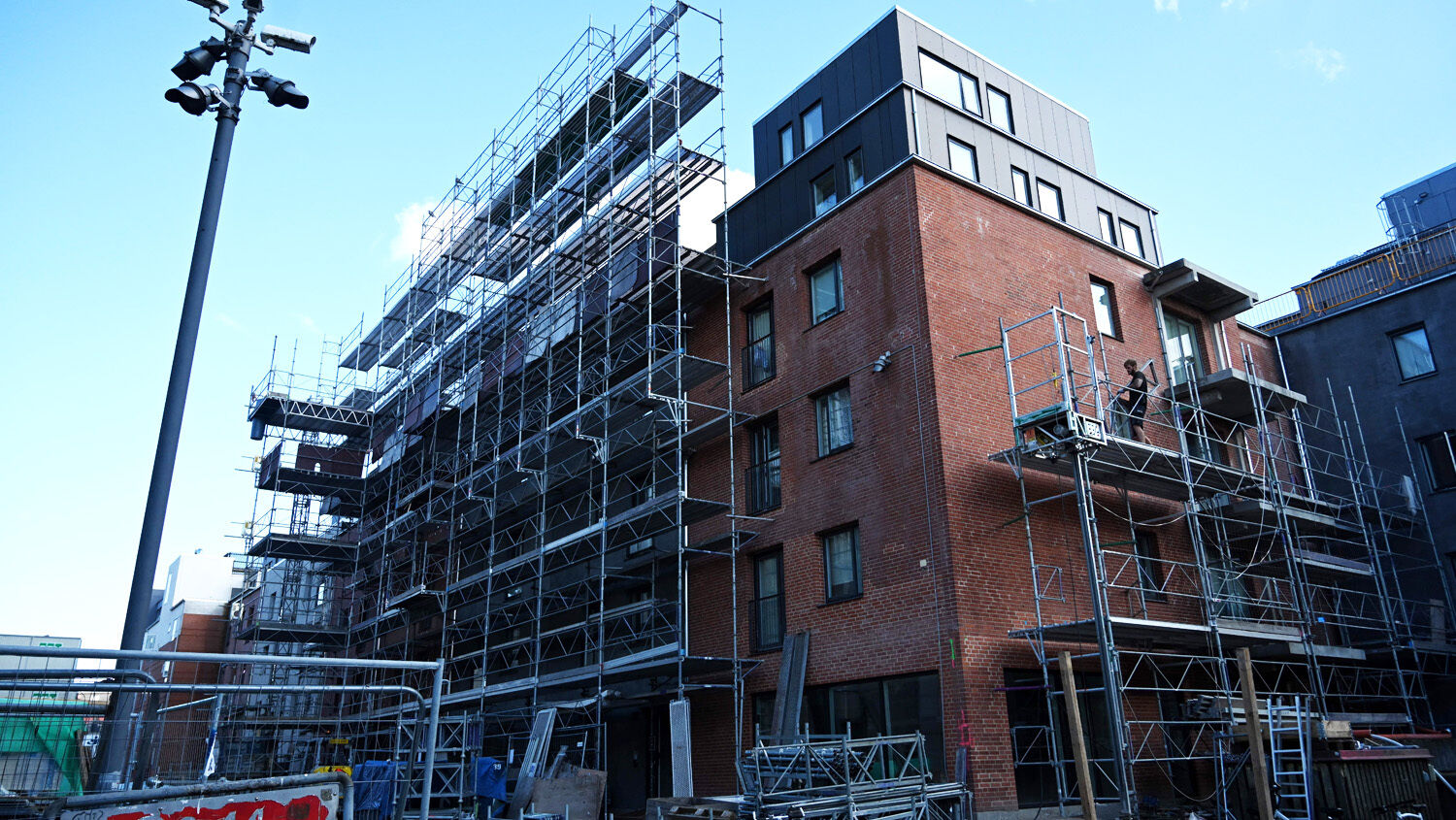
Denmark Razes Migrant ‘Ghettos’
“Denmark’s a prison,” said Hamlet. Yet many Islamic migrants are getting the feeling that Denmark would be only too happy to see them leave. An October 26 report from the New York Times highlighted the Nordic nation’s ongoing demolitions of housing in areas with high concentrations of migrants and elevated crime rates. Though this has brought criticism from the United Nations and other organizations, a growing number of European citizens, as well as their elected officials, are beginning to accept the Danish model of migration policy.
The Ghetto Act, passed by a conservative government in 2018, aims to prevent the formation of parallel societies within Denmark. A parallel society refers to an area with a high concentration of Islamic migrants, where Muslim values and laws trump Western ones, and where children are not taught the Danish language.
Though these plans were initiated by a conservative government, the current Social Democratic government is also in favor of them. Thomas Monberg, the Social Democrats’ spokesman for housing, said his government did not want to “wait until people are killing each other in gang wars” before taking action. This is a reference to ongoing violence in Sweden and France, among other countries.
In Danish law, “ghetto” refers to an area of more than 1,000 people where the proportion of migrants exceeds 50 percent of the total population. Any area with an immigrant population meeting this threshold—and which suffers from high unemployment, low income, poor education and high numbers of criminal convictions—must have its “non-Western” population reduced to 30 percent by 2030. Danish education was also made mandatory: Children in certain neighborhoods must spend 25 hours a week learning Danish and Danish values.
Migrants are being relocated to other neighborhoods or cities, while entire buildings are razed and replaced by new developments catering to wealthier, European clients. Though the exact total is unknown, 4,000 housing units will need to be emptied to meet the government’s stated goals, according to the New York Times. At least 430 of these buildings have already been demolished.
Denmark’s plan has faced some resistance. On May 27, 2020, residents of one housing block scheduled for demolition sued the Danish Ministry of Transport and Housing. A discrimination case was referred to the European Court of Justice on June 30 of this year, seeking a verdict on whether the term “non-Western” can be used to enforce these laws.
A ruling has yet to be made. When this happens, it could have broad consequences throughout Europe.
The Danish Model—for All Europe?
Denmark is a leading nation in the Europe-wide revolt against failed migration policies. Recently, five Nordic nations (Denmark, Finland, Iceland, Norway and Sweden) agreed to pool their resources to facilitate expulsions of illegals. Elsewhere in Europe, more and more fringe parties are making migration a key topic. In southern Europe, Italy has taken the lead: Prime Minister Giorgia Meloni has made deals with Tunisia and Albania to keep migrants out of Italy. Germany, France, Belgium and other West European nations are also witnessing public backlash against uncontrolled migration.
The last time that racially and religiously based demolition of property took place in Europe was the eve of the Second World War. In one such example, Albert Speer’s program to transform Berlin saw between 100,000 and 150,000 Jewish residences leveled to make room for Adolf Hitler’s giant architectural projects. Of course, there is a key difference: Denmark’s clean-up of ghettos does not involve rounding up migrants and sending them to concentration camps. Reducing crime and increasing employment, if this occurs, would be beneficial.
On the other hand, the demolitions set a precedent, both legally and morally. It would be inconsistent with history to say that large-scale religious and racial persecution will never return to Europe. Before the Holocaust, Europeans failed to foresee the extent of Nazi Germany’s atrocities against the Jews, even as precedents were being set in smaller ways.
For decades, the Trumpet has warned that Europe will turn against radical Islam. In his 2018 article “The Holy Roman Empire Goes Public—Big Time,” Trumpet editor in chief Gerald Flurry described exactly the situation Denmark is now facing:
A trend is unfolding in Europe that you should keep a close watch on. Europeans have been besieged by immigrants from the Middle East, growing Muslim populations within their midst, cityscapes filling with mosques and minarets, portions of their cities turning into Muslim enclaves that local police dare not enter, even Islamic terrorist attacks.
European values are fundamentally incompatible with those of Islam. Though most Europeans do not hate Muslims or desire war, Bible prophecy reveals that conditions will worsen to the point that the cultural tensions evident in Denmark and throughout Europe will lead to open conflict.
In his booklet The King of the South, Mr. Flurry shows that the biblical book of Daniel predicts a military confrontation between the “king of the north” (corresponding to Europe today) and the “king of the south” (Iran and radical Islam). Daniel 11:40 states: “And at the time of the end shall the king of the south push at him: and the king of the north shall come against him like a whirlwind, with chariots, and with horsemen, and with many ships; and he shall enter into the countries, and shall overflow and pass over.” The word “whirlwind” implies a coordinated, preplanned military attack.
Increasing hostility between Europe and radical Islam proves that this prophecy is moving toward its fulfillment. Denmark’s decision to demolish migrant ghettos is only the start.
For more details on why you should watch this trend, read The King of the South.
